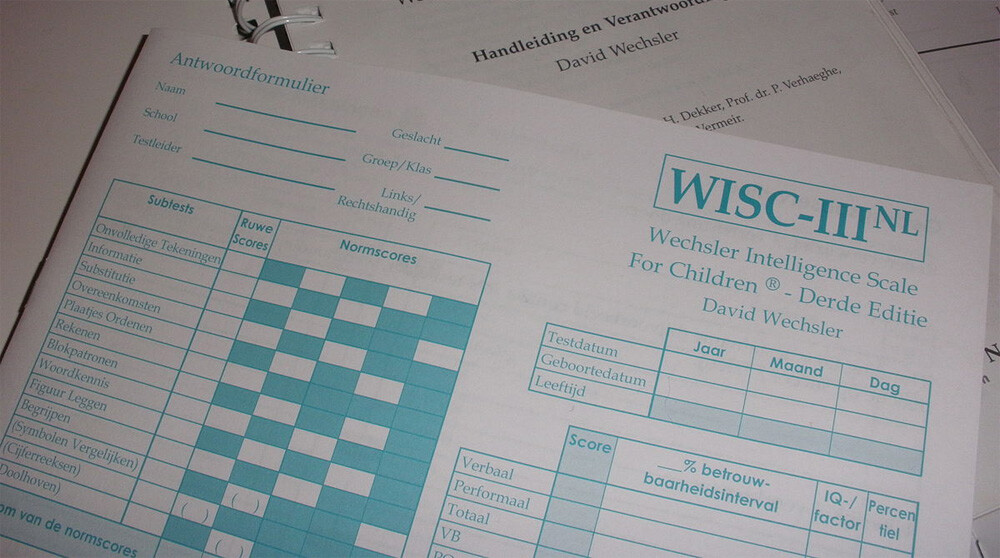When you forsake a life of physical exertion and devote yourself to scholarship, you spare yourself certain dangers. You probably aren’t going to tear your ACL, for example. You also likely won’t get athlete’s foot from using shared shower facilities, because you don’t shower. You may, however, come down with a whole series of other specialized conditions that will savage your body or will break your mind.
Nobel Disease
A hundred years ago, a scientist named Frederick Banting won the Nobel Prize for discovering insulin. He next decided he would cure cancer. You might point out that a doctor with a background in orthopedics, who stumbled into isolating insulin after reading other people’s research on the pancreas, isn’t the most qualified person to research cancers, and sure enough, Banting didn’t succeed at his new venture. Still, he’s remembered better than another Nobel laureate, Linus Pauling. Pauling won the Nobel Prize in chemistry and peace, and then went on to claim he could cure cancer — with Vitamin C.
When you get a Nobel Prize, the world is telling you you’re one of its smartest people. You may be set for life. So, there’s always the possibility of the recognition going a little to your head. Winners might go on to pursue ideas unconnected with their specialty, sometimes devolving into total nonsense. This tendency has been called Nobel disease, or Nobelitis. Given that it follows flying to Sweden to get a medal from the king, we’d like to propose our own name for it: Stockholm syndrome.
Laptop Thigh

If your skin spends lots of time next to a heat source, you may come down with a condition called Erythema ab igne. That’s Latin for “redness from fire.” Red lines (“hyperpigmentation”) will etch their way across your skin, forming a curvy (“reticlulaed”) pattern. Your veins may also get all spidery, or your skin may seem to form scales. We have a pretty good natural instinct to move away from unnaturally hot stuff, even when it’s not hot enough to burn you, but if you use a heating pad or hot water bottle, this hot object brings you relief. You might hug it to your body till you look like you’ve been struck by lightning.
“Well, I don’t go huddling against a hot water bottle,” some of you are saying. Sure, sure. But some of you do use laptops, and the photo above is from a patient who used a laptop on her bare legs repeatedly over the course of six months. We could have shown you a photo of the really scary kinds of Erythema ab igne, but we showed you a case caught from a laptop. Many gentleman nerds already now the dangers of keeping laptops on their actual laps (it fries the testicles), but laptop thigh can affect anyone.
Fortunately, the march of technology is pushing more people to curl up with phones nowadays. If you do use a laptop, rather than a phone or desktop, we recommend wearing pants.
Formaldehyde Hunger

Lightning Pictures
In detective shows, when our investigators head to the morgue, you’ll often see the medical examiner snacking on a sandwich. This may be a serious and horrifying scene to us, and even to the detectives, but to the mortician, this is business as usual, and they’re extremely cavalier about it. Ha, ha! This gag never gets old.
This is also somewhat true to real life. People tend to become hungry in the close vicinity of corpses. This is dubbed “formaldehyde hunger,” on the assumption that the preserving chemical formaldehyde gets into people’s systems and stimulates their appetites.
Studies on morgue staff have documented this rise in appetite in some participants, and also a drop in appetite in other participants because formaldehyde hits people in different ways and might simply leave you feeling nauseous. If you spend a lot of time around preserved corpses, keep this possible complication in mind. This goes for those of you who are morticians as well as those of you who are med students, and perhaps to any of you who preserve corpses for recreational reasons, about which we shall not ask questions.
Brain Fag Syndrome

In the 19th century, the British Empire looked upon the many maladies suffered by its colonists. While physical laborers were constantly losing limbs and coughing out bits of lung, people who spent all their time with books came down with symptoms of their own. These included neck and eye pain and general mental exhaustion. Doctors dubbed this “brain fag syndrome” (BFS), and it made it to the DSM-IV under this name. (The word “fag” here was a Victorian word for fatigue.)
The British diagnosed this syndrome in their subjects in Africa, who continued to use the term into the 20th century. Over in America, though, people doing lots of brain work were also experiencing mental fatigue. Some doctors dubbed this an exceptionally American problem, naming it “Americanitis.” Along with fatigue and aches, doctors noted such varied symptoms as indigestion and flatulence. Farting a lot? Maybe it’s because you’ve been spending too much time poring over account ledgers, suggested doctors.
Any attempt to tie this to one specific culture may be the product of a closed mind. Americanitis was formally called neurasthenia, until it was finally thrown out of the DSM — and yet it remains in the DSM’s Chinese counterpart. Nowadays, it’s considered a disease most associated with Asian cultures. In Japan, they call the same disease shinkeisuijaku, and they insist on calling it a physical problem rather than a mental one. The best treatment, they note, is rest. Yes, you feel better when you take a rest from work. These past 150 years of medical research have produced some marvelous breakthroughs.
Dysrationalia

A bat and a ball cost $1.10 in total. The bat costs $1 more than the ball. How much does the ball cost?
This is an old gotcha riddle (the prices should be a clue to how old). Many people answer “10 cents.” The true answer, as we’re sure you’ll be able to figure out, is “5 cents.” But now, here’s the real question we want to ask you: Do you think someone with a high I.Q. would be more likely to solve the riddle correctly than someone with a lower I.Q.?
The answer is yes, as you’d expect, but it’s surprisingly not as strong a yes as you’d might think. I.Q. aims to measure the brain’s computational power, while the riddle tests a different factor known as reflective cognition. The math needed to correctly answer “5 cents” is trivial, but do you have the reflective power necessary to discard the initial “10 cents” response that may first pop into anyone’s head?
When we’re measuring brain power, you’ve got your computational power, but then you’ve also got your ability to be rational, and this consists of a bunch of different types of intelligence. There’s reflective cognition. There’s epistemic rationality, your ability to make correct decisions free of various fallacies. There’s syllogistic reasoning, which requires discarding biases. Put it all together, and we find that some people with high I.Q.s score worryingly low in rationality. We describe such people as suffering from dysrationalia.
Luckily, if you’re smart, you now know you can also be stupid, so you can be smart about it. Your dysrationalia needn’t ever lead you astray. Unless you get a Nobel Prize, of course, in which case all hope is lost.
Follow Ryan Menezes on Twitter for more stuff no one should see.

